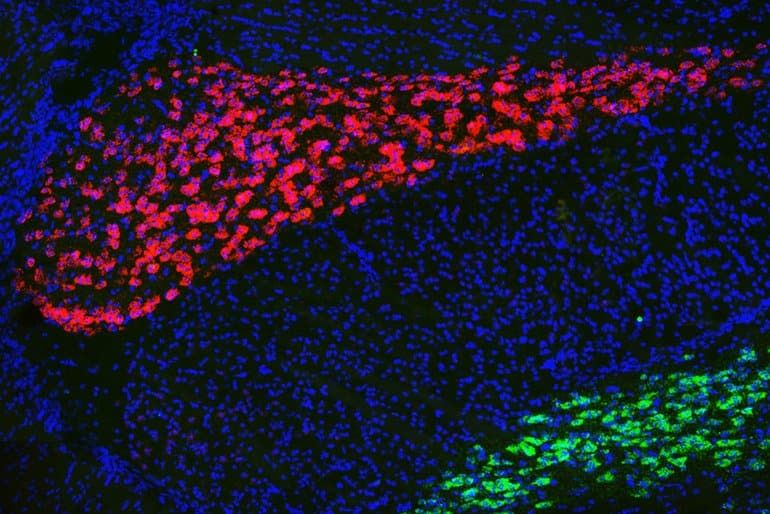Jul 6, 2021
There’s a HTML error in the $5.43M NFT representing the internet’s source code
Posted by Genevieve Klien in category: internet
But hey, at least all that money is going to charity.
You know that $5.43M NFT that contained files pertaining to the source code for the world wide web? The one created by Sir WWW Tim Berners-Lee himself? Turns out there’s a scripting error in the video representation of the source code. It has been highlighted by Mikko Hypponen, a researcher at F Secure, on Twitter who pointed out that “the angle brackets are wrong!” If you watch the start of the video visualisation of the code on the Sotheby’s auction page you can see that where there should be ‘’ characters they have been replaced by something else entirely.


















